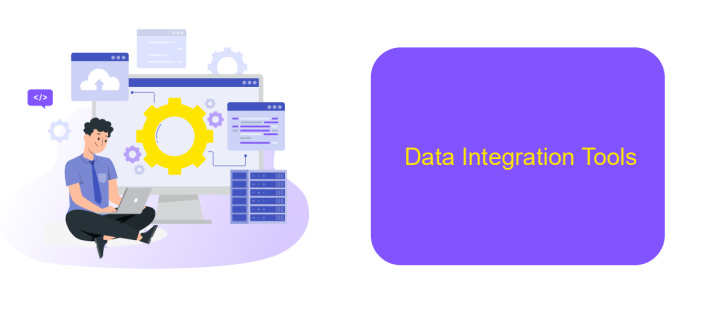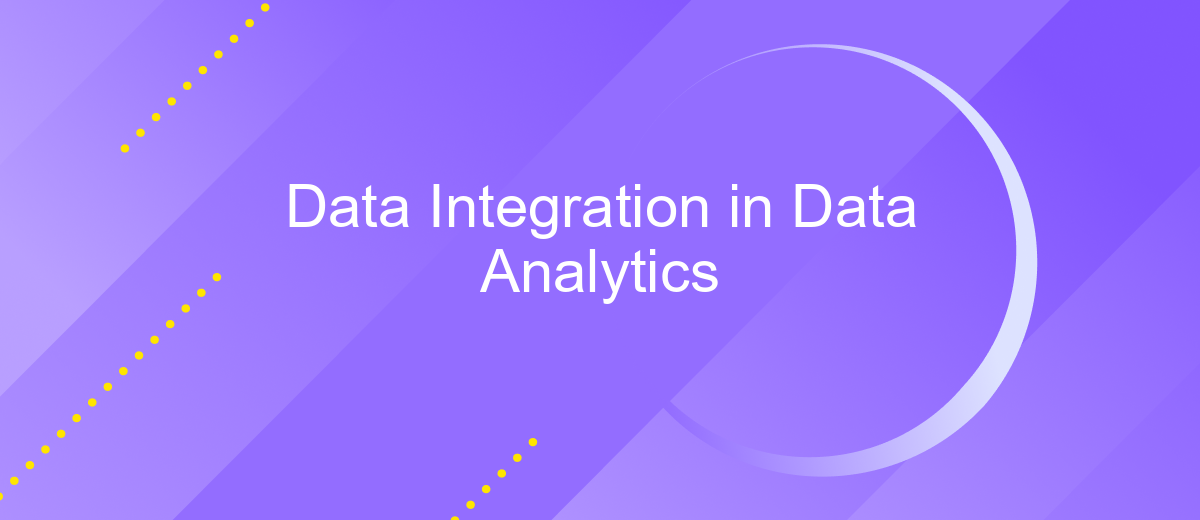Data Integration in Data Analytics
Data integration is a critical component in the field of data analytics, enabling organizations to consolidate data from diverse sources into a unified view. This process not only enhances data accuracy and accessibility but also drives more informed decision-making. In an era where data is a key asset, effective data integration strategies can significantly boost analytical capabilities and business outcomes.
Introduction
Data integration is a critical component in the realm of data analytics, enabling organizations to consolidate data from multiple sources into a single, unified view. This process not only enhances data quality but also facilitates more accurate and comprehensive analysis, leading to better decision-making.
- Combines data from various sources
- Improves data quality and consistency
- Enables comprehensive data analysis
- Supports real-time data access and processing
Effective data integration requires the right tools and strategies. Services like ApiX-Drive offer robust solutions for automating the integration process, ensuring seamless data flow between disparate systems. By leveraging such platforms, organizations can streamline their data management efforts, reduce manual intervention, and focus more on deriving actionable insights from their data.
Data Integration Challenges

Data integration in data analytics presents several challenges that can complicate the process of unifying disparate data sources. One significant challenge is data quality and consistency. Different systems often have varying data formats, structures, and standards, making it difficult to ensure that the integrated data is accurate and reliable. Inconsistent data can lead to incorrect insights and decisions, undermining the effectiveness of data analytics efforts. Additionally, managing real-time data integration can be complex, particularly when dealing with large volumes of data that need to be processed and analyzed promptly.
Another challenge is the technical complexity associated with integrating multiple data sources. This often requires specialized tools and expertise to handle different APIs, databases, and file formats. Services like ApiX-Drive can help streamline this process by providing a platform for automating data integration between various applications without the need for extensive coding. However, even with such tools, organizations must still address issues related to data security and privacy, ensuring that sensitive information is protected throughout the integration process. Overall, overcoming these challenges is crucial for leveraging the full potential of data analytics.
Data Integration Strategies

Data integration is a critical aspect of data analytics, ensuring that diverse data sources are combined effectively to provide comprehensive insights. A well-structured strategy is essential for successful data integration, allowing organizations to harness the full potential of their data.
- ETL (Extract, Transform, Load): This traditional method involves extracting data from various sources, transforming it into a suitable format, and loading it into a data warehouse.
- Data Virtualization: This approach allows real-time access to data without physical movement, providing a unified view of data from multiple sources.
- API Integration: Utilizing APIs, such as those offered by ApiX-Drive, enables seamless connectivity between different systems and applications, facilitating automated data flows.
- Data Lakes: Storing raw data in a central repository allows for flexible querying and analysis, supporting diverse data types and formats.
- Master Data Management (MDM): Ensuring consistency and accuracy of key data entities across the organization, MDM helps maintain data integrity and quality.
Implementing these strategies can significantly enhance data integration efforts, leading to more accurate and timely insights. Tools like ApiX-Drive simplify the integration process by automating data flows, ensuring that data from various sources is readily available for analysis.
Data Integration Tools

Data integration tools are essential for combining data from different sources into a unified view, which is crucial for comprehensive data analytics. These tools help in cleaning, transforming, and loading data, ensuring that businesses can make data-driven decisions based on accurate and consistent information.
There are several data integration tools available in the market, each offering unique features tailored to various business needs. These tools range from simple ETL (Extract, Transform, Load) solutions to more complex platforms that support real-time data integration and advanced analytics.
- Apache Nifi
- Talend
- Informatica
- Microsoft SQL Server Integration Services (SSIS)
- ApiX-Drive
ApiX-Drive, for instance, is a versatile service that simplifies the process of setting up integrations between different applications and services. It provides a user-friendly interface and supports a wide range of connectors, making it an excellent choice for businesses looking to automate their data workflows without extensive technical expertise. By leveraging such tools, organizations can enhance their data analytics capabilities and drive better business outcomes.
- Automate the work of an online store or landing
- Empower through integration
- Don't spend money on programmers and integrators
- Save time by automating routine tasks
Real-World Examples
In the retail industry, companies often integrate data from multiple sources such as sales, inventory, and customer feedback to gain comprehensive insights. For instance, a retail chain may use data integration tools to combine point-of-sale data with online sales platforms and customer relationship management (CRM) systems. This enables them to track customer behavior, optimize inventory levels, and tailor marketing strategies. ApiX-Drive is a service that facilitates these integrations by connecting various applications and automating data workflows, ensuring that all relevant data is synchronized and up-to-date.
In healthcare, data integration plays a crucial role in improving patient outcomes. Hospitals and clinics often need to integrate data from electronic health records (EHR), lab results, and patient monitoring systems to provide a holistic view of a patient's health. By using integration platforms like ApiX-Drive, healthcare providers can seamlessly connect disparate systems, ensuring that all patient data is accessible in one place. This not only enhances the quality of care but also streamlines operations and reduces the risk of errors.
FAQ
What is data integration in data analytics?
Why is data integration important in data analytics?
What are the challenges of data integration?
How can automation help in data integration?
What are the best practices for data integration in data analytics?
Apix-Drive is a simple and efficient system connector that will help you automate routine tasks and optimize business processes. You can save time and money, direct these resources to more important purposes. Test ApiX-Drive and make sure that this tool will relieve your employees and after 5 minutes of settings your business will start working faster.


